Still processing last week in Vienna (culture and cake – what’s not to like?!). Reflecting on the art and history, my #twistedpair are Klimt and the Venus of Willendorf. I’ve used them as tools for considering the nature of knowledge – in particular the need for information literacies (of the digital kind) in order to support the validation of online search results.
All over Vienna the gold bricolage style of Klimt can be found on fridge magnets, plates, cups, bookmarks and note books. Klimt led the group who built the Secession in Karlsplatz; a building designed to provide gallery space for alternative artists with the phrase To every age its art, to every art its freedom above the entrance. Born in Vienna, Klimt died there in 1918.
We know he was an expert draftsman who could paint faces like photographs but chose to develop a unique style which has become widely recognisable, for example the stylised collage construction of the Kiss and Adele Bloch-Bauer 1. Personal letters, photographs and contemporary records contribute to a knowledge base which helps recreate his ambitions, motivations and inspiration. Today, the internet makes it possible to gather a mass of Klimt information which can be confirmed or rejected through access to academic peer reviewed literature and documentary films. In this way differences between facts and personal, maybe biased, opinion can be explored.
In contrast, knowledge about the Venus of Willendorf statuette poses a challenge. Currently residing in the Vienna Naturhistorisches Museum, Ms Willendorf is a case of once seen unlikely to be forgotten. Breaking a number of 21st century taboos around female nudity, in much the same way Klimt broke conventional expectations around art, both Klimt’s stylised images and the Woman from Willendorf have become iconic images of their age.
Named after the place of her discovery, a village above the banks of the Danube between Vienna and Spitz, she is just over 4 inches tall and carved from oolite limestone with a physical curve which suggests an intention to be held against the palm of a cupped hand. The latest dating is 30,000 years BCE but her original purpose is unknown. Debate continues about the lack of face, the apparent braiding covering her head, the absence of feet and any meaning which might have been originally attached to her body shape. Most of the knowledge we have is speculative and can be seen to be largely influenced by the social capital of the writer. For example, compare the description by Christopher L. C. E. Witcombe with the information from the Brooklyn Museum.
Unlike Klimt, there is less of a reliable knowledge baseline about Ms Willendorf but an internet search will bring up a number conflicting opinions about them both. Unless distinctions can be made between peer reviewed offerings and personal opinions, it can be a challenge for the digitally naïve to distinguish between what is reliable and what should be discarded.
To be digitally capable involves understanding the potential limitations of digital knowledge. Higher education institutions are looking to find ways to support students develop digital graduate attributes, for examples embedding digitality into curriculums as in the Making Digital Histories work at the University of Lincoln (follow @MakDigHist and https://www.facebook.com/makingdigitalhistory). One way to encourage critical reflection on the validity of digital knowledge is setting tasks like these – unlikely pairings and reflecting on how to authenticate what is known about them. Not forgetting the need for institutional support for academic staff to develop their own digital pedagogies and practices as well.
all images my own…
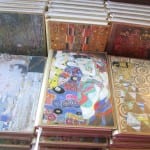
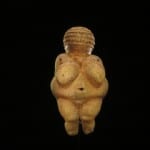

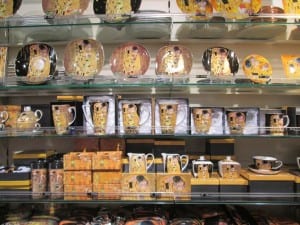
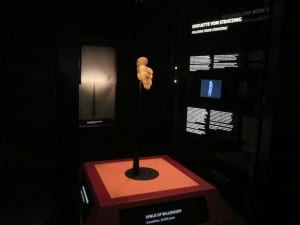
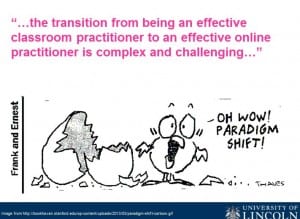





















 Every now and then I wander off into the digital landscape of time-waste. This week’s BBC News Magazine was creepily apt but its
Every now and then I wander off into the digital landscape of time-waste. This week’s BBC News Magazine was creepily apt but its 












 That’s me in the corner. The door to the meeting room is locked making the space into a 3-sided room.
That’s me in the corner. The door to the meeting room is locked making the space into a 3-sided room.


